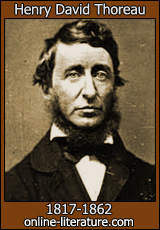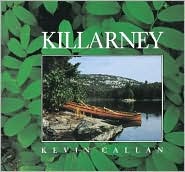I had been dragging around here sick for three weeks, and I needed to get out of here and on the water. The river trip was planned, and feeling normal for a couple days, I decided to make a run at it. I met Scott Richard at his house after driving the length of the state, planning to spend the night camping in his back yard so we could make an early start the next morning. It wasn’t long before my mistake became apparent. I was ready to go, but my body wasn’t. The temperature dropped to 34, and the cold air burned my throat and lungs. The chills started half-way through the night, sleep was impossible, and by morning I felt horrible.
When we prepared to leave at 5:30 a.m. for the car shuttle, I told Scott I was beginning to doubt if I was going to last, but maybe I’d feel better if I could just get some food on my stomach. We stopped for breakfast, and it was shortly apparent that wasn’t going to solve my problem. After a short discussion, we decided to do a day-paddle and save the trip for another time. That’s the bad news, and I apologize to those who may have planned to join us along the route and whose schedules I may have messed up.
Old Verdigris channel at Rt. 66 bridges.
The good news was that it was a beautiful night. The sky was devoid of any clouds, and the cold, crisp, clear air made the full moon brilliant. Scott had told me of three coyote packs in the woods behind his house, and I could clearly make out two of them during the night. One came obviously close enough to be just beyond the utility shed I was camped by.
We launched from Rogers Point on the Verdigris River just east of Catoosa, OK. We started up the old river channel only to find it totally blocked. They were setting new bridge spans on the Rt. 66 bridges, and since the river was too shallow to get barges up there with cranes on them, they totally filled the river with rock and fill-dirt to run the cranes across. I trust once the spans are set, the fill will be removed to prevent flooding.
Scott Richard and his wood kayak.
We paddled up the dredged section of the Verdigris, which is part of the McClellan-Kerr Arkansas River Navigation System. We turned into the Port of Catoosa, which has the distinction of being the most inland port in the United States. Going in only as far as the sign warning it was a secure port and recreational boats were restricted from access, we took a couple pictures and came back out, making the turn and continuing up the Verdigris to the first rapids. The autumn colors in the trees aren’t as bold as further north, probably because of the on-going draught conditions in Oklahoma, but they were probably the best we will see this year.
Port of Catoosa, NE of Tulsa.
Autumn colors along the Verdigris.
From the Verdigris we paddled up Bird Creek and followed the old oxbow back out to the river, seeing deer, pileated woodpeckers, blue herons, and hundreds of turtles covering every piece of wood to soak up the sun.
Rock ledges entering Bird Creek.
It was an enjoyable four-hour day-paddle, and like the turtles, the sun and climb of the mercury to 64-deg. was making me feel better, but during the four-hour drive home, I went back down with the sun. Today I’m back on another regimen of antibiotics. Traveling 476.6 miles to do a 7.9 mi. paddle, and aborting the planned trip, it wasn’t the best executed plan by a long shot, but at least we got the bottoms of our boats wet.







